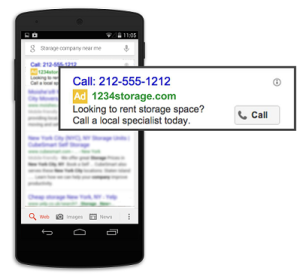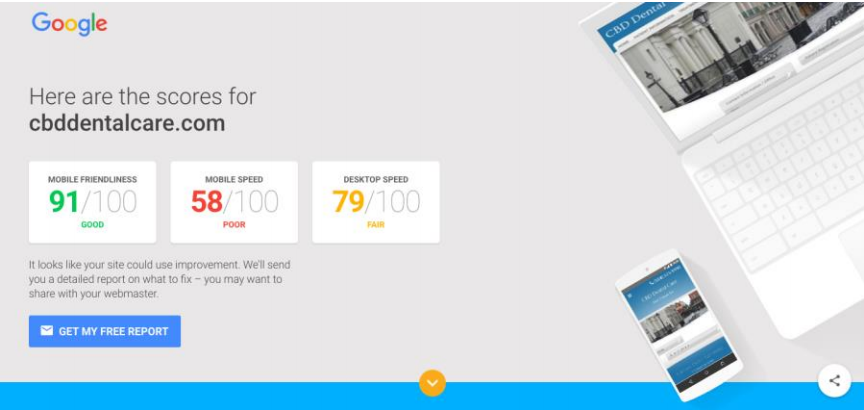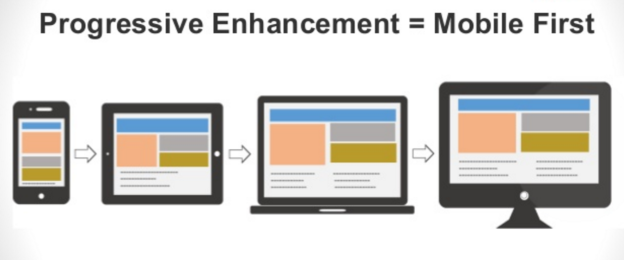Finally, Google has updated the Penguin algorithm. The fourth release is also the last of this type since Google Penguin 4.0 is now officially part of Google’s Core Algorithm.
Penguin is now operating in real-time.
Penguin was launched in 2012 to stop sites from spamming the Google’s SERP. The Penguin was able to detect the websites which were spamming the results but were going undetected by the regular spamming system.
But the catch was, the site with spammy behaviors had to wait for the Penguin to run again in order to get out of the list. Since it operated on a periodic basis, the websites had to wait for a really long time. Some sites even had to wait for
Penguin was launched in 2012 to stop sites from spamming the Google’s SERP. The Penguin was able to detect the websites which were spamming the results but were going undetected by the regular spamming system. But the catch was, the site with spammy behaviors had to wait for the Penguin to run again in order to get out of the list. Since it operated on a periodic basis, the websites had to wait for a really long time. Some sites even had to wait for
But the catch was, the site with spammy behaviors had to wait for the Penguin to run again in order to get out of the list. Since it operated on a periodic basis, the websites had to wait for a really long time. Some sites even had to wait for couple of years to get out from the dark zone.
Google last updated the Penguin on 17-Oct- 2014 and the websites that were penalized had to wait really long. To be honest it was unfair on so many levels. As the need of the hour, Google decided to play it fair and made the Penguin run in real time along with its re-crawling and re-indexing process, making it much faster and effective.
It has become more page-specific.
Google has made Penguin 4.0 “more granular”. Following is the official statement from Google:
“Penguin is now more granular. Penguin now devalues spam by adjusting ranking based on spam signals, rather than affecting the ranking of the whole site.”
Earlier, Penguin used to penalize the whole site, so does being “more granular” means that it is now page-specific?
It means it affects finer granularity than sites. It does not mean it only affects pages.
No confirmation from now on?
Google will not release any statement, informing about future Penguin refreshes because they have made the Penguin to operate in real time, which means that it will be updated promptly. It’s a constant process which leaves no room for confirmation or statement release.
Is it fully live?
Google has said that it will take a little more time as re-crawling the whole web is no joke, especially the deep links. Meanwhile, you can witness the changes as soon as Google re-crawls your site.
Our Takeaway
Right after the Penguin was official, we decided to run some numbers on our own campaigns. Our dataset of 3500+ websites and 250,000+ keywords (both local and national) makes it easy for us to get a birds-eye view of how our client campaigns are performing.
We were not surprised to find that, so far, this update didn’t have any major negative impact on our client campaigns. In fact, we have seen improvement in overall percentage of keywords ranking on page 1 of Google. We are quite confident that the new and improved 2016 SEO deliverables which we offer saved our clients. This is another example of how our strategies future-proof your business and avoid your website getting hit by such major updates.
In case you have been caught by this update, we can help you get back on track. Please contact our sales reps to assist you.
For the history buffs:
Penguin 1.0 on April 24, 2012 (impacting ~3.1% of queries)
Penguin 1.1 on May 26, 2012 (impacting less than 0.1%)
Penguin 1.2 on October 5, 2012 (impacting ~0.3% of queries)
Penguin 2.0 on May 22, 2013 (impacting 2.3% of queries)
Penguin 2.1 on Oct. 4, 2013 (impacting around 1% of queries)
Penguin 3.0 on October 17, 2014 (impacting around 1% of queries)
Penguin 4.0 & real-time on September 23, 2016









 7. Repeat after us: no pop-ups. Ever. A little ad revenue is just not worth the annoying interruption.
7. Repeat after us: no pop-ups. Ever. A little ad revenue is just not worth the annoying interruption.





